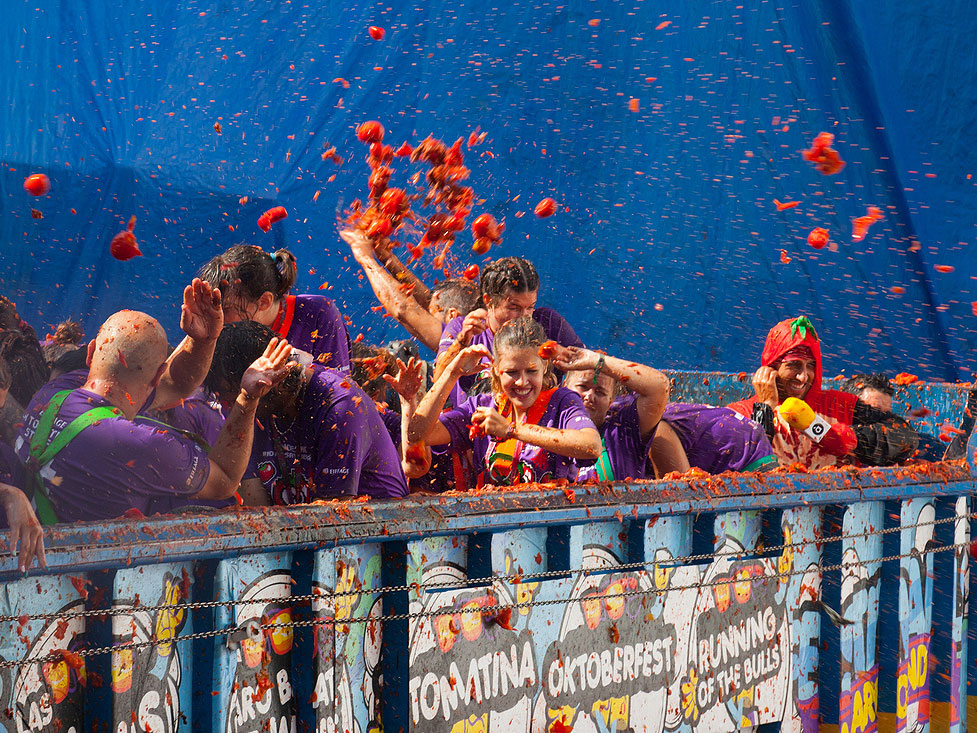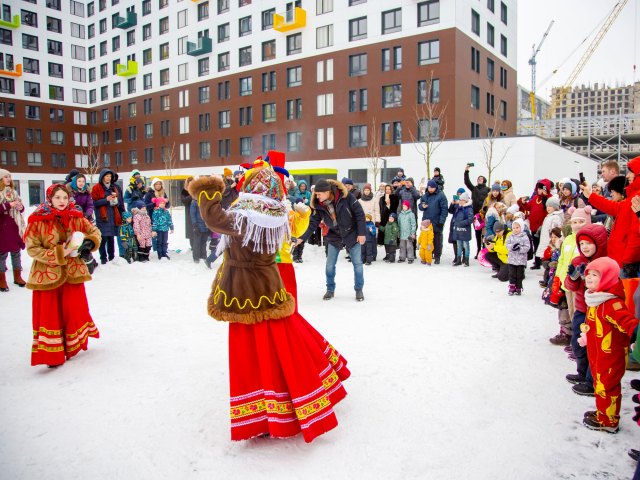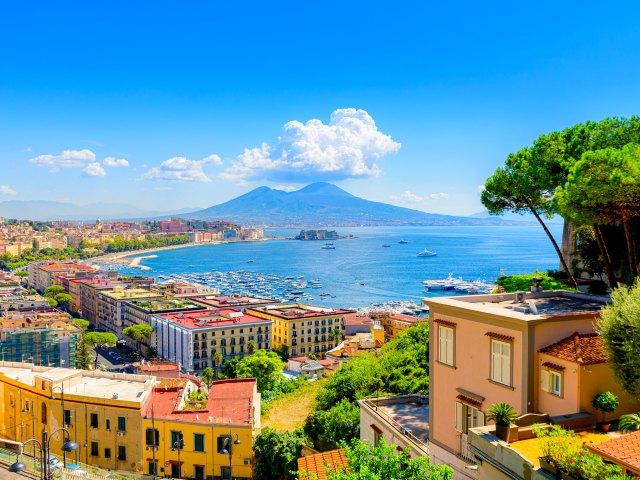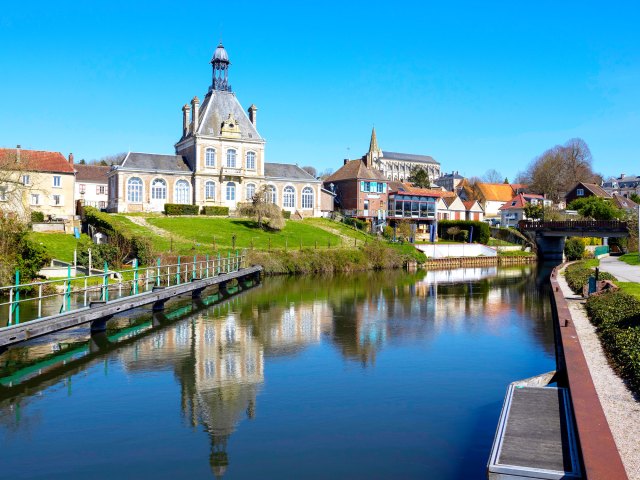For many travelers, the best way to explore a destination is through its food. Food festivals take that notion to the next level — often, they are full-sensory experiences that combine local flavors and cultural traditions in a communal celebration. From throwing tomatoes to making giant omelets, these five famous food festivals are bucket-list experiences for any food-focused traveler.
La Tomatina – Spain

To partake in the time-honored tradition of La Tomatina, thousands of people gather in Buñol, Spain, on the last Wednesday in August — not to eat tomatoes, but to throw tomatoes. According to local tradition, the festival began in 1945 when a food fight erupted during a local parade, and it has since exploded in popularity, now drawing participants from around the globe.
Billed as the “world’s largest food fight,” the festival follows the same schedule every year. First, the crowd gathers as truckloads of tomatoes are offloaded in the town square. Then, a single brave soul climbs to the top of a greased-up wooden pole where a Spanish ham awaits. Once the ham is retrieved, water cannons are fired and the tomato throwing begins, lasting for exactly one hour.
After the last tomato is thrown, trucks spray down the streets and many participants wash in the river. Goggles are required to participate, and since the festival is capped at 20,000 people, tickets should be purchased well in advance. In 2022, a whopping 27,000 pounds of tomatoes were tossed around the streets of this small city in eastern Spain that is home to just 9,000 people.
Pahiyas Festival – The Philippines

One of the largest harvest festivals in the Philippines, the Pahiyas Festival takes place annually on May 15 in the town of Lucban, about 2.5 hours southeast of the capital of Manila. Also known as the Feast of San Isidro, Pahiyas is a celebration of thanksgiving, honoring both the bountiful harvest and the patron saint of farmers, San Isidro de Labrador.
The festival began in the 16th century with farmers gathering to celebrate their harvests by enjoying a large meal together. Today, Pahiyas serves as an opportunity for farmers to show off their crops, which often include rice, peppers, radishes, and chayote. Food vendors also sell local delicacies, such as pancit habhab (fried rice noodles) and Lucban pilpat (squash dipped in caramelized sugar).
The festival’s main event is a parade through the town of Lucban, led by the image of San Isidro. The route changes annually, so each house can get the opportunity to show off its kiping, which are traditional decorations constructed of rice, fruits, plants, and vegetables. Perhaps the most essential part of the festival, these elaborate ornaments are hung throughout town as a way to celebrate and honor the harvest.
Maslenitsa Pancake Festival – Russia

Popularly known as “Pancake Week,” the Maslenitsa Pancake Festival celebrates the end of winter. Held annually on the last week before Great Lent in the Eastern Orthodox religion, the festival combines both pagan and Christian traditions. As its name suggests, the centerpiece is the cooking and eating of pancakes, or blinis — as their shape represents the sun, warmth, and the passing of the season.
The pancakes — which are served with toppings such as caviar, salmon, sour cream, and honey — are an opportunity for Russians to eat as much as they want before sticking to the dietary restrictions required during Great Lent. The festival is observed throughout Russia, but the biggest celebration occurs in Moscow, where traditional Russian costumes are encouraged and different themes are attached to each day. As the week progresses, the celebrations grow bigger, culminating in a final day of forgiveness, during which people forgive each other of their wrongs by burning a straw doll.
Pizzafest – Italy

As the birthplace of pizza, Naples is a fitting location for Pizzafest — billed as the largest celebration of pizza in the world. The festival hosts more than a million people annually, who travel from across the globe to cook and eat the beloved dish. Throughout the 11-day festival each June, roughly 100,000 pizzas are cooked and consumed, averaging about 9,000 pizzas per day.
Pizzafest brings together expert pizza makers in a competition of the best of the best, including the most recognized pizza chefs in Naples. Of course, pizza is served everywhere throughout the festival, and competitions involve crowd participation to vote on the best pizza.
With its own dedicated space in the Naples Pizza Village, the festival also includes pizza-making workshops, entertainment programs, and live music. When the sun goes down, Pizzafest turns into a lively celebration, with guests singing, dancing, and eating throughout the night.
Giant Omelet Celebration – France

The Giant Omelet Celebration has a storied past: As legend has it, in the early 19th century, Napoleon Bonaparte was marching his troops through the South of France when they stopped to spend the night in a small town. After enjoying an omelet at the local inn, Napoleon ordered for all the eggs in town to be gathered so a giant omelet could be cooked and served to his army.
Today, the making of the giant omelet has become an annual tradition in the town of Abbeville. Every year in early November, the town invites chefs from its international sister cities (including Quebec City, Canada; Pique, Argentina; and Malmede, Belgium) to travel to France to make a giant omelet together.
The making of the giant omelet is the culmination of a two-day festival, which includes events such as an egg-cracking competition and a food show. Before the 5,000 eggs (plus one for each year since the festival began in 1985) are cracked into the giant pan, the international chefs hold a procession to the town square. Once the giant omelet is cooked, it is portioned and served to festival goers.
More from our network
Daily Passport is part of Optimism, which publishes content that uplifts, informs, and inspires.























